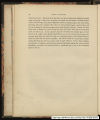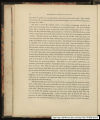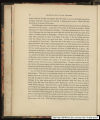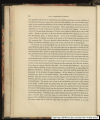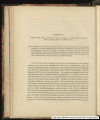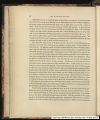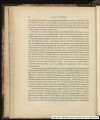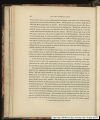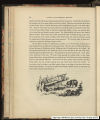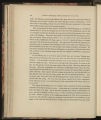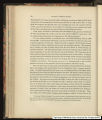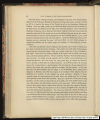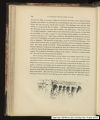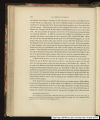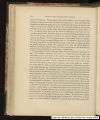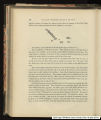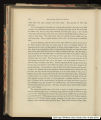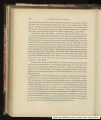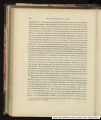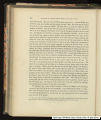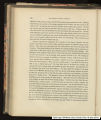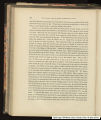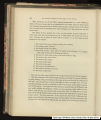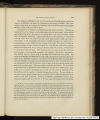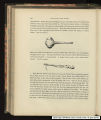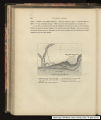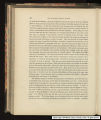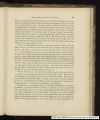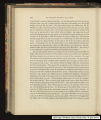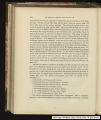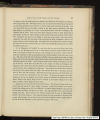| OCR Text |
Show DANCE OF THE BAND OF THE BUFFALO BULLS. 449 the river gave way, but soon froze again, only leaving a channel across the middle. Many ducks and geese, as well as a plover, appeared on the ice. On the 5th of April, the weather being stormy in the morning, and the temperature 59t° Fahrenheit, the river had risen about a foot, and towards noon it suddenly rose between three and four feet more, so that, at twelve o'clock, the ice on the surface began to move, the temperature being 68°. But in the night the river again fell a foot, and there was a slight frost. At nine in the evening the temperature was 55°, and we had a storm of thunder and lightning. On the 7th of April there was but little floating ice on the river, which had fallen during the night. We saw several swans. On the 8th the Manitaries danced the scalp dance in the fort, and the Indians amused themselves in the prairie with races and various games. At one o'clock in the afternoon, the ice in the Upper Missouri suddenly broke up, and brought down many trunks of trees, which endangered our boats. The Indians immediately availed themselves of this opportunity to land a good deal of the wood ; they also brought ashore a drowned elk, which, though already in a state of decomposition, they actually ate, and the smith of the fort, a Canadian, did not disdain to partake of it with them. Some dead buffaloes likewise floated by, and the Indians followed them, for the same purpose. In the evening, though the quantity of ice was considerably diminished, yet some people who were to have gone down the river were obliged to defer their voyage. The morning of the 9th of April being fine and serene, and the ice having almost entirely disappeared from the river, seven men were sent down to Picotte in Indian leather boats. The grass began to sprout, and some young plants appeared in the prairie, even a pulsatilla, with purple blossoms, apparently the same as the P. vulgaris of Europe; the Indians call this plant the red calf-flower. At noon the thermometer stood at 65°, with a north-east wind, and the river was free from ice. Towards evening, nine men of the band of the buffalo bulls came to the fort to perform their dance, discharging their guns immediately on entering. Only one of them wore the entire buffalo head (see Plate XVIII.); the others had pieces of the skin of the forehead, a couple of fillets of red cloth, their shields decorated with the same material, and an appendage of feathers, intended to represent the bull's tail, hanging down their backs. They likewise carried long, elegantly ornamented banners in their hands. After dancing for a short time before us, they demanded presents. Besides the strange figures of this dance, Mr. Bodmer painted the chief, Mato-Tope, at full length, in his grandest dress. The vanity which is characteristic of the Indians induced this chief to stand stock-still for several days, so that his portrait (Plate XIII.) succeeded admirably. He wore on this occasion a handsome new shirt of bighorn leather, the large feather cap, and, in his hand, a long lance with scalps and feathers. He has been so often mentioned in my narrative, that I must here subjoin a few words respecting this eminent man, for he was fully entitled to this appellation, being not only a distinguished warrior, but possessing many fine and noble traits of character. 3 M |

























